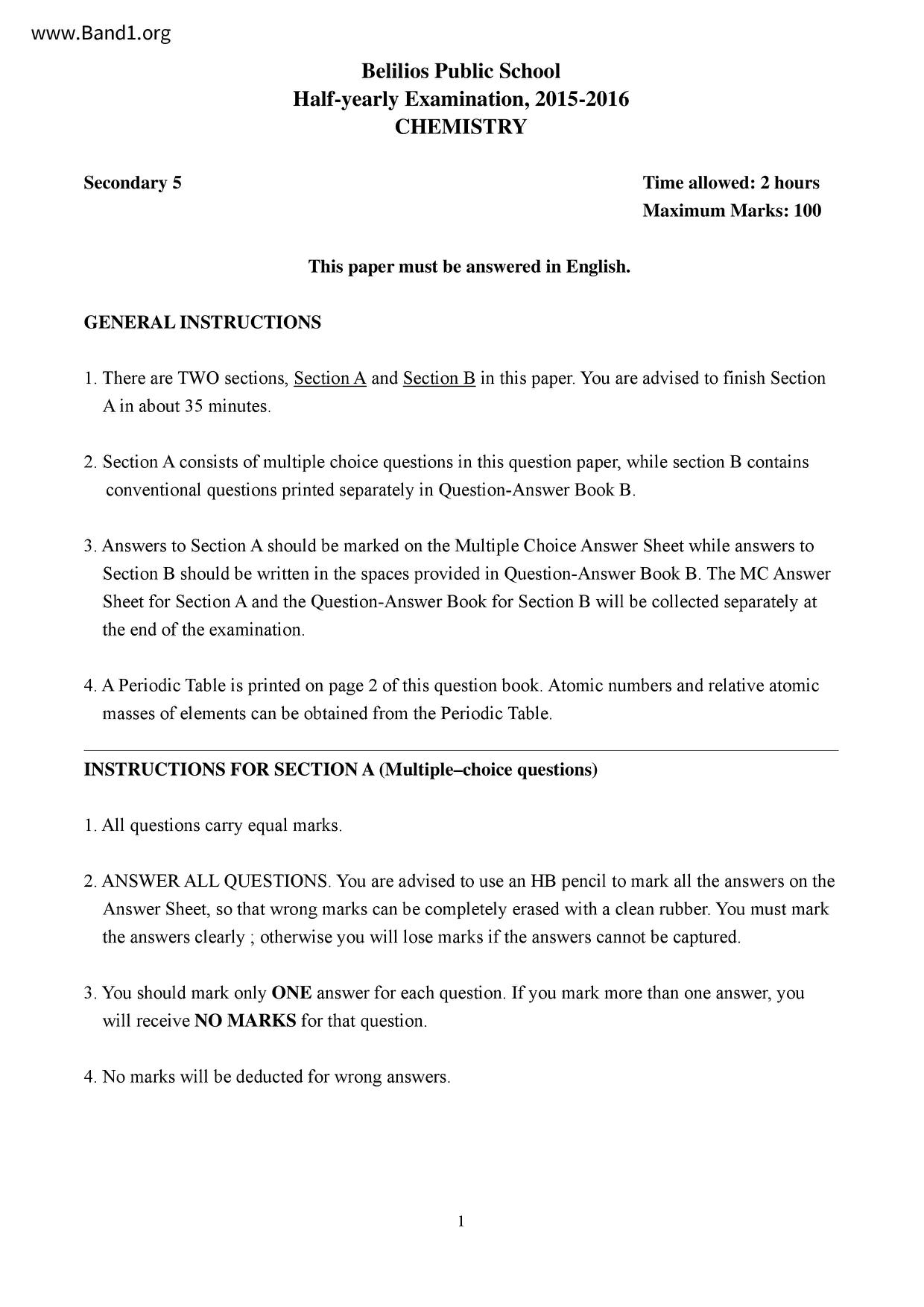香港中五化學試卷
編號:
6643
地區:
香港 (HK)
學校:
庇理羅士女子中學
(BELILIOS PUBLIC SCHOOL)
年級:
中五 (F5)
科目:
化學 (Chemistry)
年份:
2015-2016
卷種:
考試
檔案格式:
pdf
頁數:
38
檔名:
chem BPS_Chemistry_2015_16_Mid_Year_Exam_Q_A
▼ 圖片只作預覽, 如欲下載整份卷, 請按「免費成為會員」 ▼
庇理羅士女子中學 (名校卷)
 ▲ 圖片只作預覽, 如欲下載整份卷, 請按「免費成為會員」 ▲
▲ 圖片只作預覽, 如欲下載整份卷, 請按「免費成為會員」 ▲香港中五化學試卷 PDF
下載試卷只限會員尊享